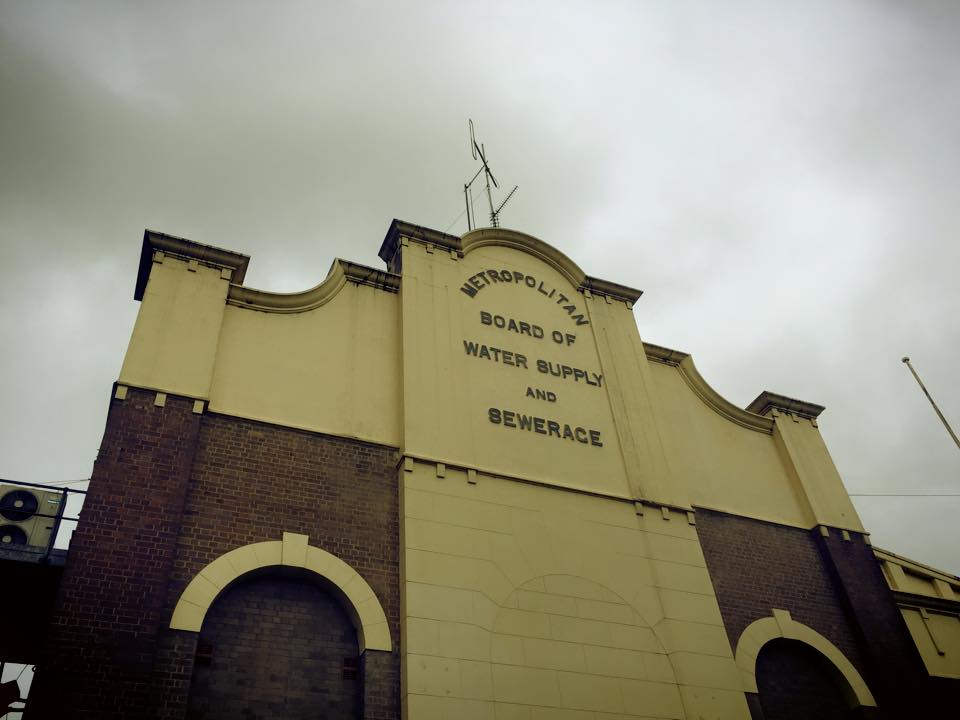
Throughout Australia there are heritage sites hiding in plain view awaiting a little exploration. The adventure is finding them! For this the internet is your friend and regularly searching sites for upcoming events is something you need to stay on top of to know what is happening around town (or just ask us on the KidBucketList Facebook page).
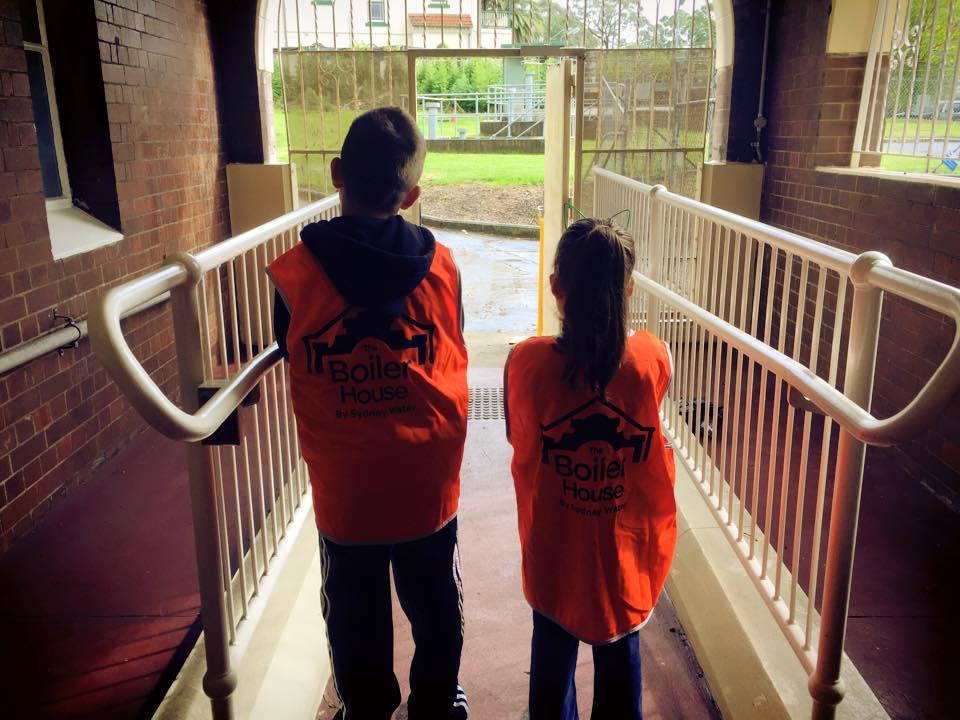
Ever since T and I explored the Tank Stream in Sydney’s CBD we have been intrigued by Sydney’s water history and have been seeking out opportunities to discover more. I must admit to spending a few hours trawling the internet for adventures we could do as a family before I discovered the Boiler House in West Ryde.
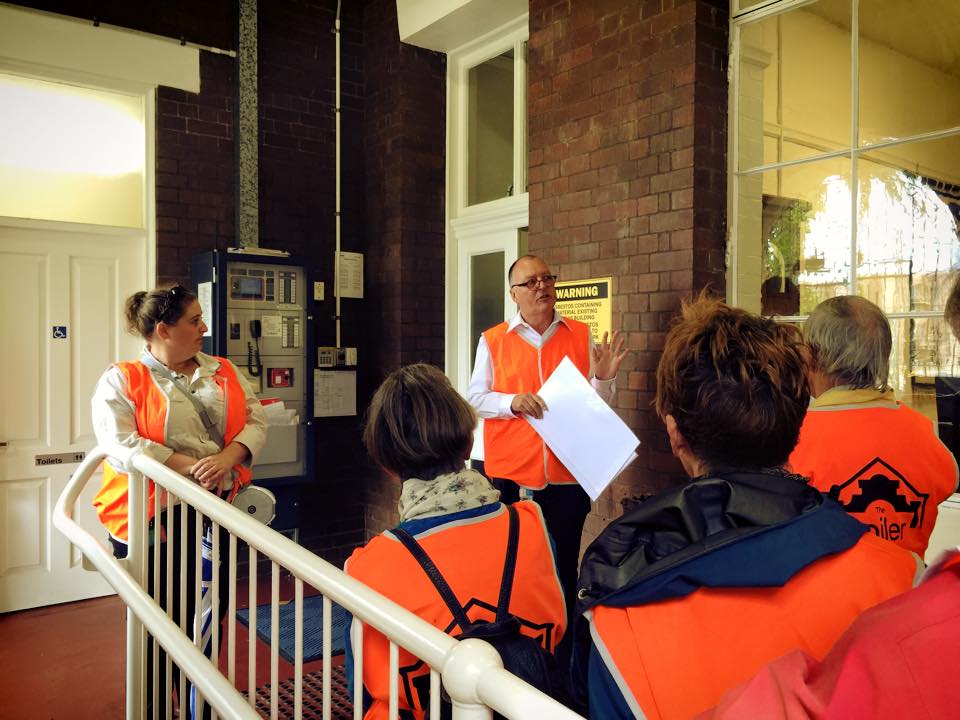
The Boiler House at West Ryde has been on the State Heritage Register since 2002 and can be thanked for enabling the development of the northern suburbs of Sydney by providing the essential water infrastructure. Construction started in 1891 and was completed in 1921. The Boiler House continued to be operational until 1982 when the station was converted from steam to electricity and the site fell into disrepair.
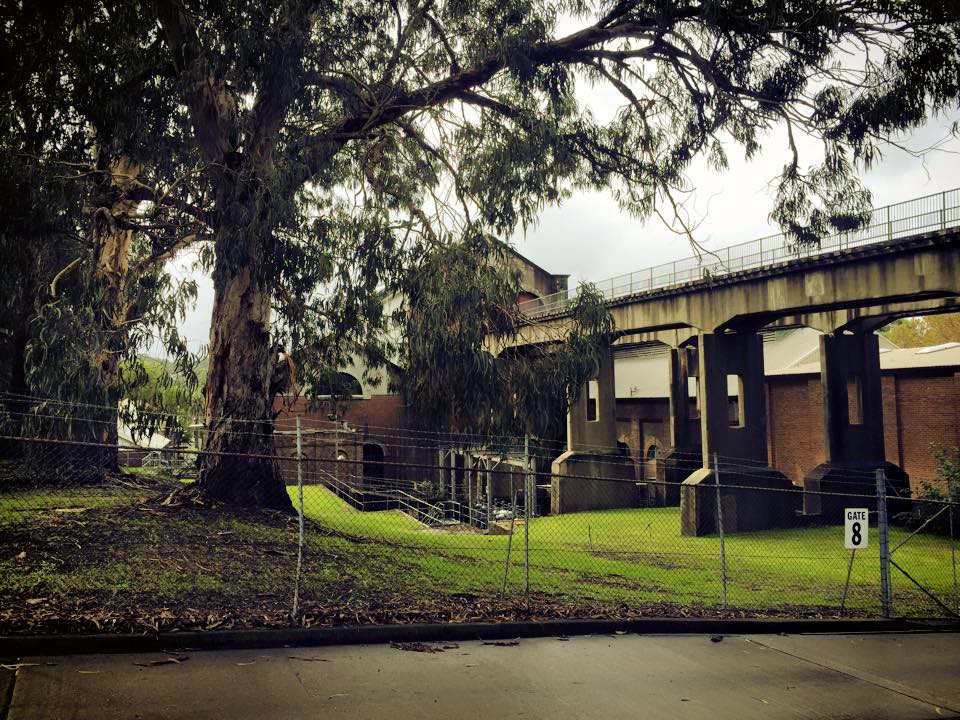
In 2008 the site underwent a $5 million decontamination and restoration program which saw the asbestos in the roof removed, almost all the wood replaced, the bricks repaired and the corrosion removed from the steel and iron. Because of its significance, the site has the same security rating as the Sydney Harbour Bridge and Opera House.
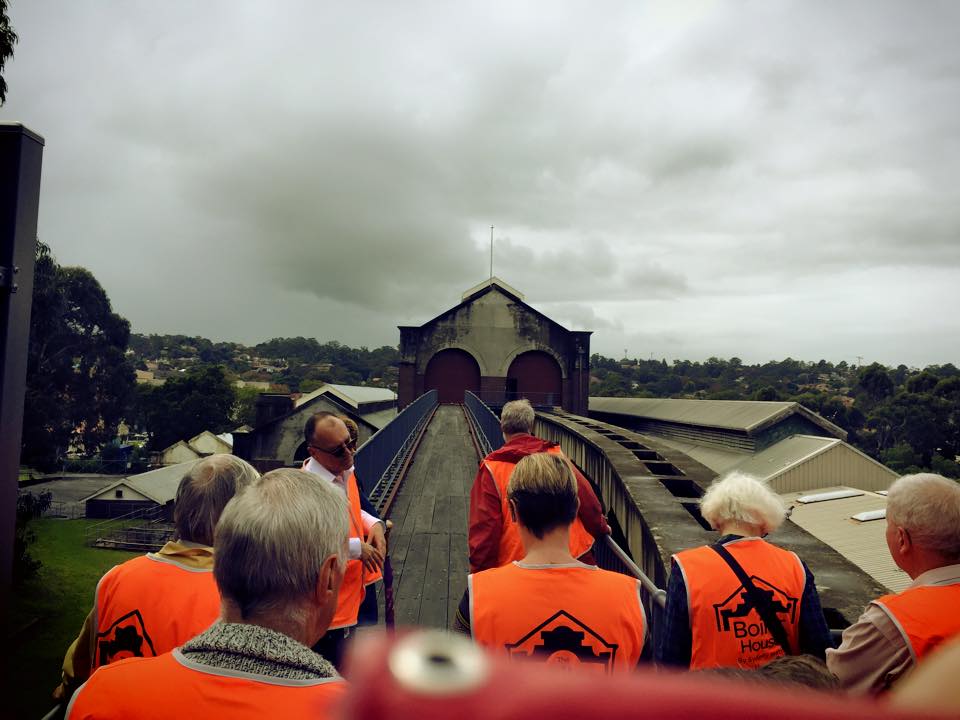
In late January I discovered that a small number of Boiler House tours had been scheduled for early May, 2015. I set about securing us 4 tickets so we could explore the site and learn a little about how water is distributed around Sydney. What I didn’t realise was that Master R and Miss N would be the first two children under the age of 15 to ever explore the site! How amazing is that!
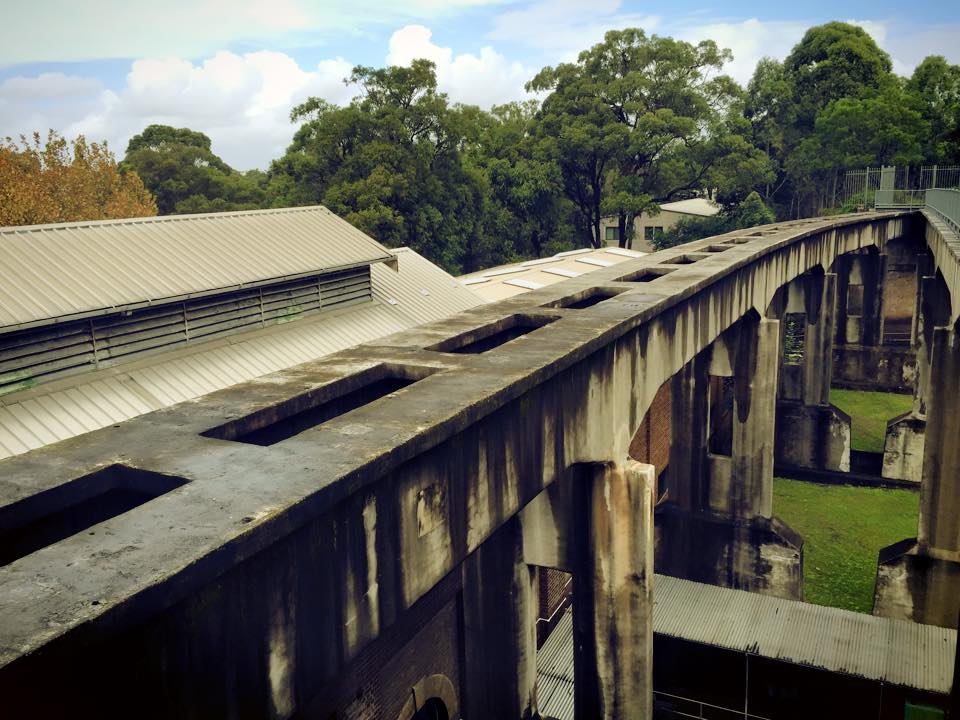
Prior to the tour we received a small number of protocols to follow on the site including wearing long pants, long sleeve shirts and boots. We would meet on the corner of Victoria Road and Hermitage Road at a precise time and would need to ensure we didn’t deviate away from the tour. Whilst the Boiler House is no longer in operation, it is a working site.
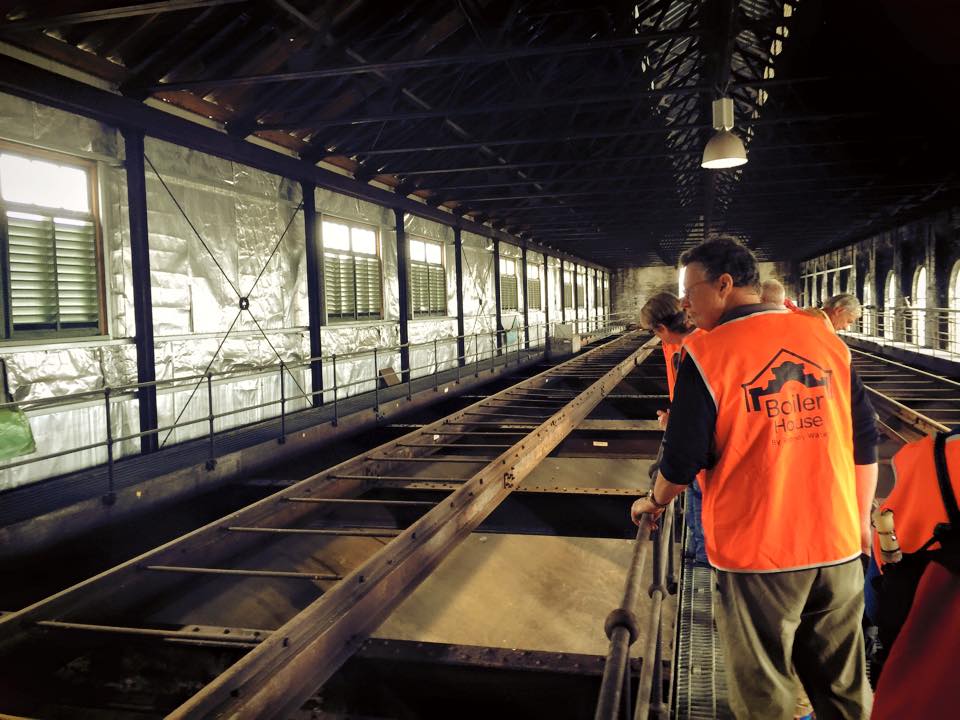
Whilst T had a fairly good idea of how the water system operated in and around Sydney, I had no idea at all. I had noted the above groundwater supply pipeline that runs between Guildford West to Potts Hill Reservoir near Bankstown and always wondered how water flowed through it. These pipes were built in 1888, 1901 and 1925, but I didn’t really understand how they worked. I didn’t really know what to expect at the Boiler House. I imagined a room or two with a big boiler. My concept was far from right. Our visit helped me understand this a little better.
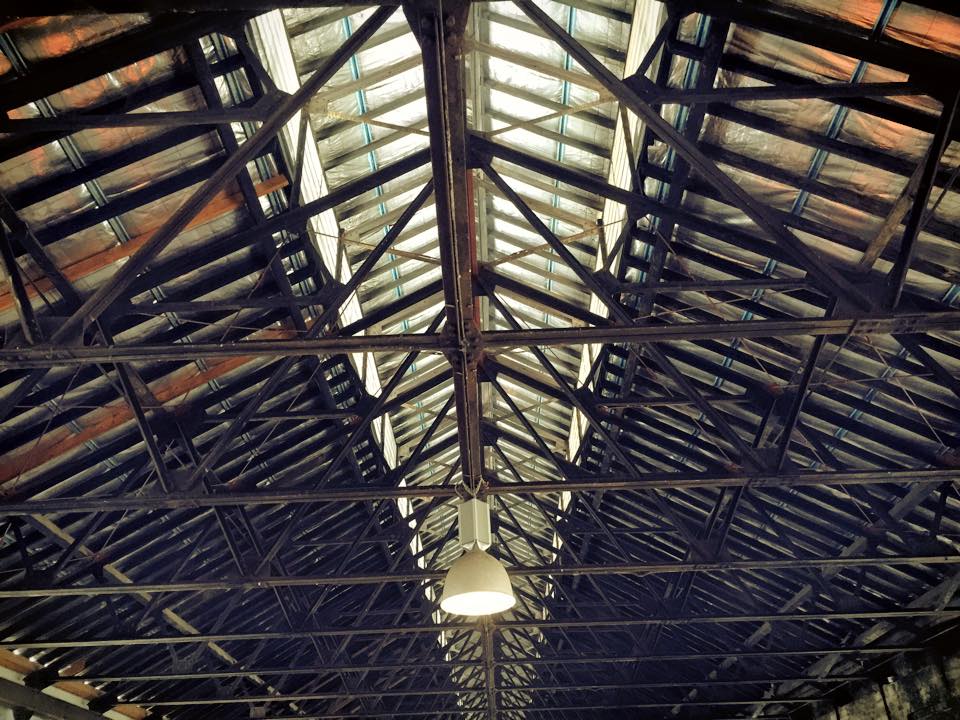
After signing in and introducing ourselves to the tour guide we set off. We walked up a small hill to the train line which was previously to cart coal into the top level of the Boiler House. The engineers who worked here in the site’s heyday were marine engineers. We learned that much of the terminology used by the Boiler House workers are from maritime processes as it operated similar to a large steamboat.
Up until 1981 not one female toilet existed on site. 50 men operated the Boiler House. The engineers wore white jackets, whilst the workers wore blue. Images from this period usually only depict the engineers in their white jackets, omitting the workers who by today’s standards, were doing all of the dangerous work (our OH&S regulations would prevent much of it from occurring these days).
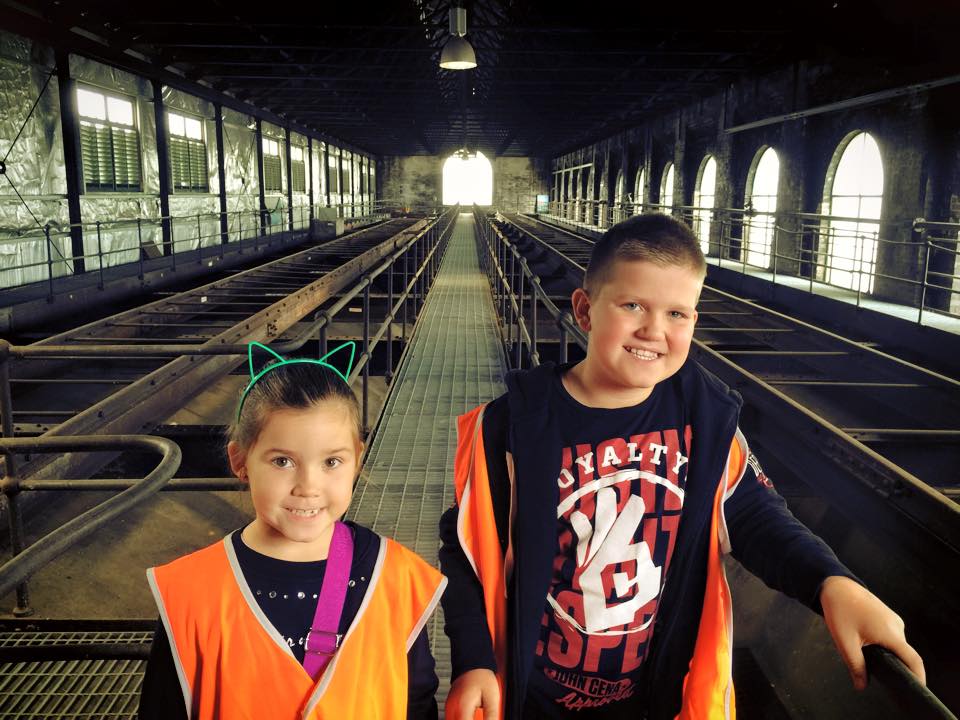
After learning this and hearing how the engines brought the coal into the top-level of the Boiler House where it was dropped down through a chute to the bottom, we had a chance to walk through and see for ourselves. This gave a great perspective of how big the process was and how very dangerous it was for all of the workers.
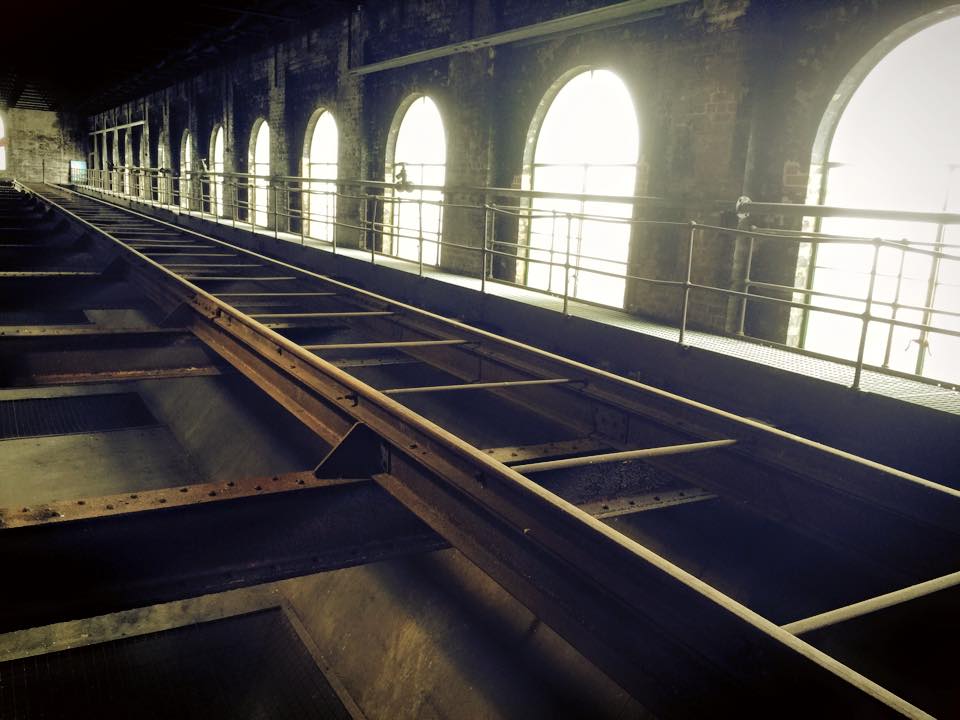
We then proceeded down to the bottom level to look at the boilers before watching a multimedia presentation that explained how the distribution of water is processed and managed here in Sydney. I was in awe and seriously wondered why someone hadn’t asked Sydney Water and their large-scale engineering expertise to take charge of our road system – they have done such a great job at working out how to get water to everyone’s taps!
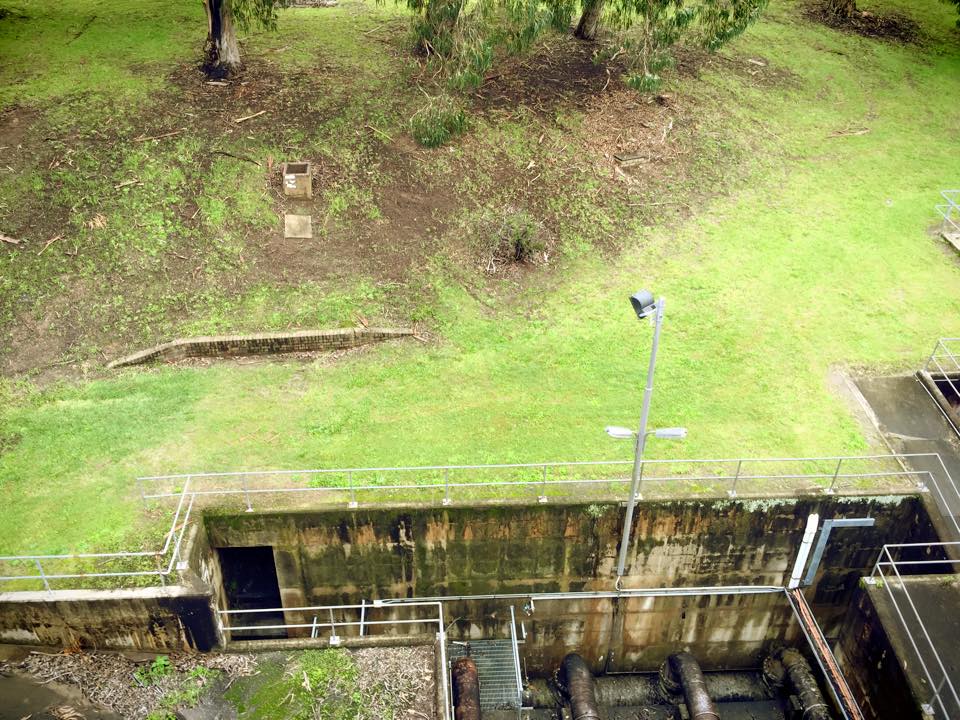
Another awesome find was the air raid shelter. See if you can spot the door and the ventilation chute in our image.
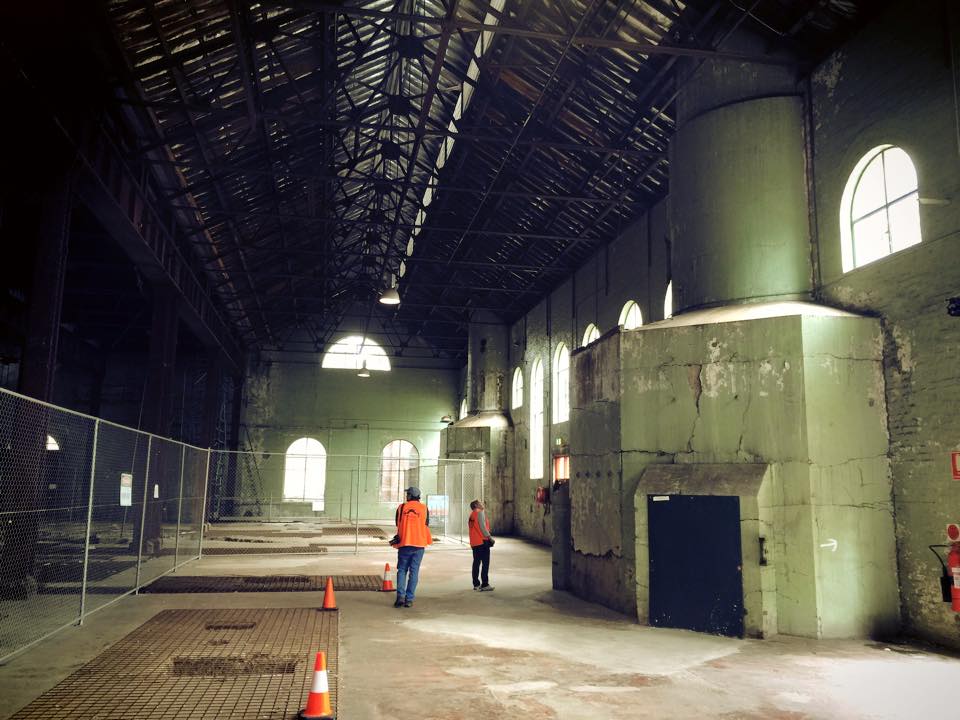
If you want to become familiar with how water makes it from one of our numerous reservoirs to your tap you should visit the Boiler House as well. I hear the next tours are scheduled for August. The tour is free but bookings are required. Contact Louise Roberts at Sydney Water louise.roberts@sydneywater.com.au
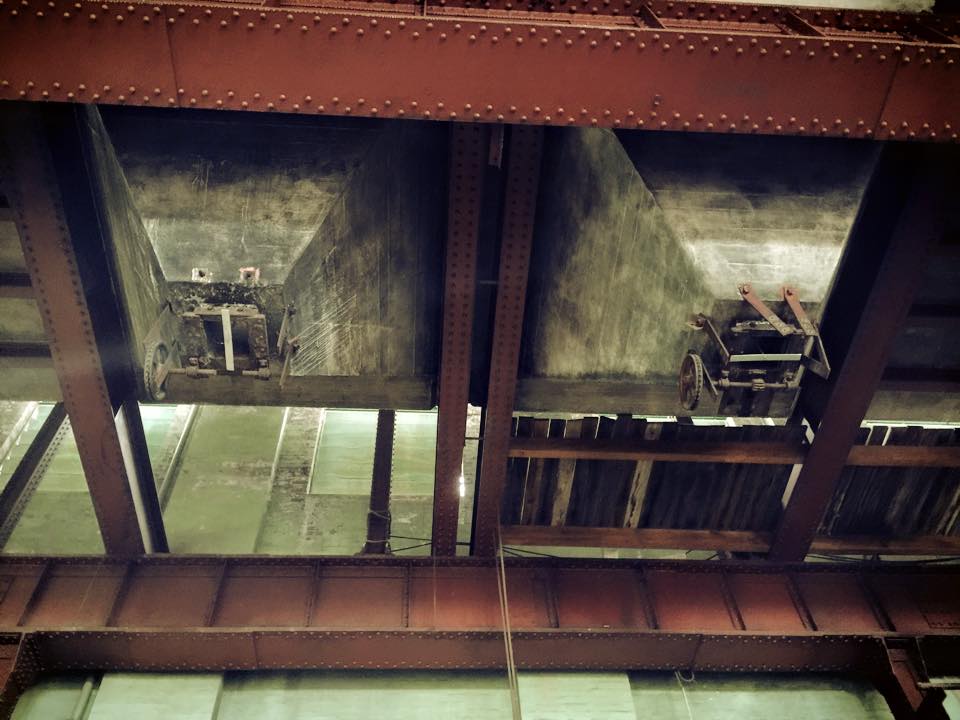
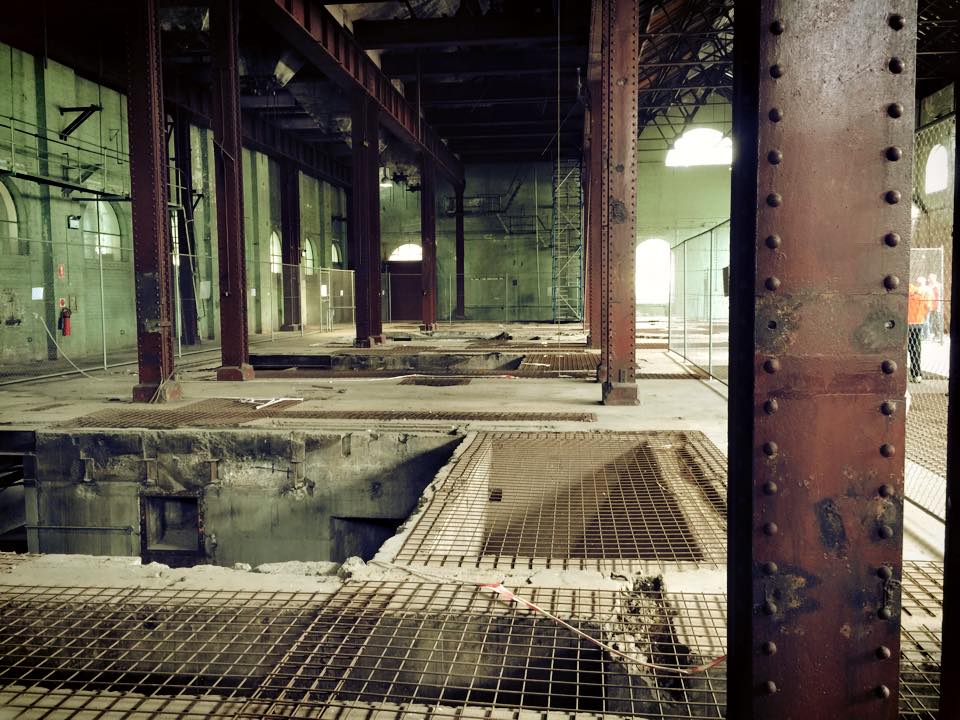

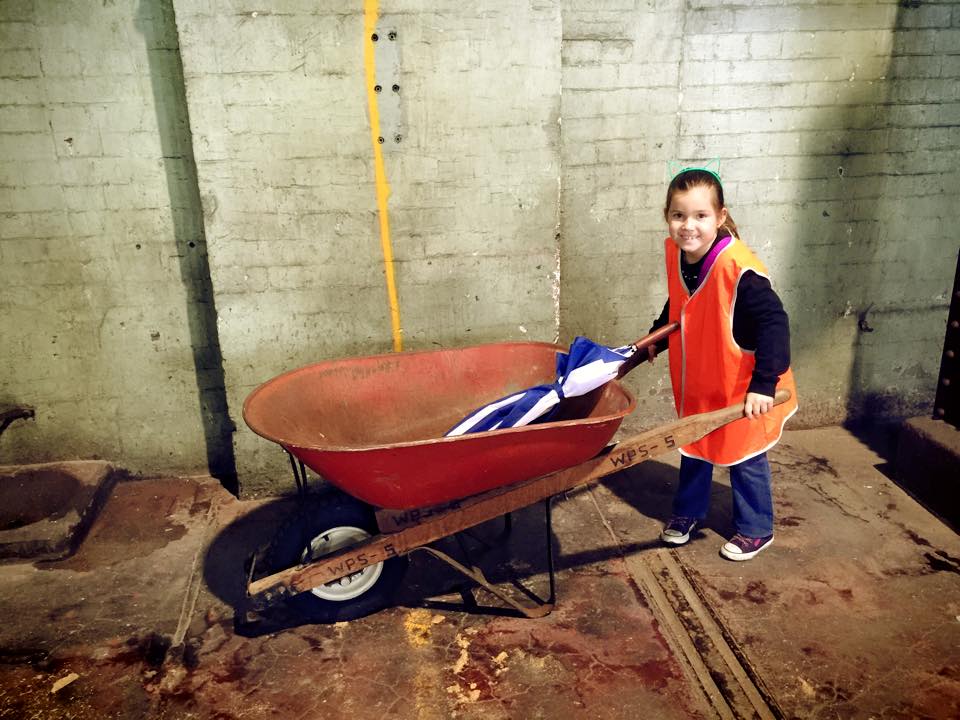

How fascinating!
When I was young my Grandfather had a house that backed onto the railway line and it was opposite the Boiler House. The block of land was on the top of a cutting and you could look right into the boiler house and grounds. My most vivd memory was the piles of coal sitting out the back of the house where the car park is now.
I can only imagine the piles of coal! Did you ever explore inside?